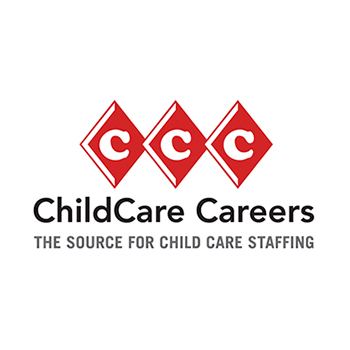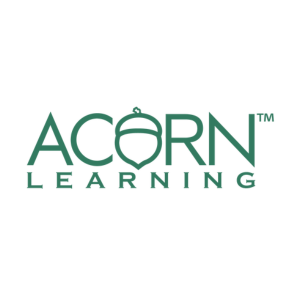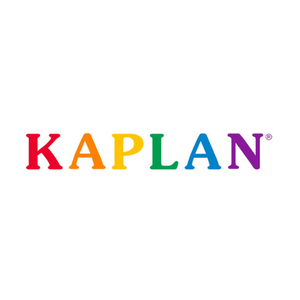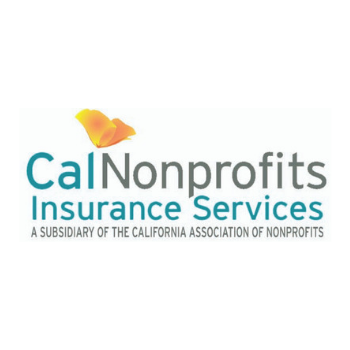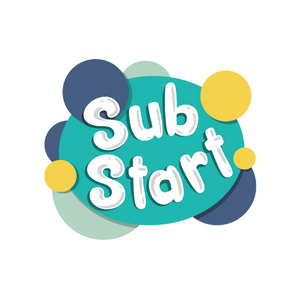Written By: Marissa LaBreque, Hanna Institute
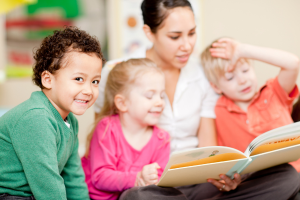 The beginning of the school year is a high-energy season, layered with hope, anticipation, and anxiety. This goes for children, teachers, and the whole education community. One lens that we like to put on our preparation is safety. A feeling of physical, emotional, and psychological safety is imperative for children to learn, develop, and connect- all the things that we are hoping for in a new school year. Without safety, none of that happens.
The beginning of the school year is a high-energy season, layered with hope, anticipation, and anxiety. This goes for children, teachers, and the whole education community. One lens that we like to put on our preparation is safety. A feeling of physical, emotional, and psychological safety is imperative for children to learn, develop, and connect- all the things that we are hoping for in a new school year. Without safety, none of that happens.
In a post-pandemic landscape, we all see that creating this safety is more challenging and therefore even more important. Elevated behaviors, signs of trauma, and conflict arising daily are indications of a lack of safety. Here are some of the ways in which we prepare ourselves and our spaces in order to help children and families feel welcome and safe from day one.
Care For Yourself
We say it all the time because it is true- if you don’t take care of yourself, you simply cannot take care of others. Self-care is different for everyone but this is a great time of year to conduct a Personal Self-Care Audit. What are your non-negotiables? Some might include: a proper night’s sleep; a healthy lunch from home; one day of rest every weekend; or a night out with friends once a month. Once your non-negotiables are met, what are your power boosts? Some of mine are: exercise five times a week; meditate daily (even five minutes); and read with my children at night. These things hardly ever all happen perfectly but when I do them, I feel better and I am always aiming to make time for these activities.
Build A Regulation Action Plan
Intense situations are going to come up in the classroom. What is your plan? We propose that you connect, recharge, and empower. Just like our devices, we cannot operate without connection.
Connect: When you are confronted with big behaviors, take a second to breathe. Or, to be more precise- take 30 seconds to breathe. Unless physical safety is at risk, you have permission to calm yourself down so you can act and not react. A full 4-second inhale, followed by an 8-second exhale will calm your nervous system down so you can think clearly.
Recharge: Use your next moments to co-regulate and give some of your power to the child or adult that is acting out. You can continue the calming breath next to them, you can offer soothing words, you can sit near them as an invitation for them to sit and self-regulate.
Empower: Once everyone is out of survival mode, you can empower good decisions. Sometimes a reconciliation or discussion won’t come right away but at least we can restore the peace and safety in the classroom.
Supercharge Your Space
Another way to build a sense of safety is to increase accessibility. We talked to the educators on our high school campus about ways they increase accessibility. Our children have IEPs for behavioral challenges, mostly instigated by high levels of childhood trauma. Having a safe and accessible classroom is our top priority.
- Support children with structure and universal design for learning strategies. Consider what materials you require or use in class: Build accommodations into activities that support ALL children without calling attention to anyone in particular.
- Keep a small toolbox on hand to help out with individual problems in private. Zip-ties fix clothing mishaps, safety pins repair stuffies, and an eyeglass repair kit can be a lifesaver.




